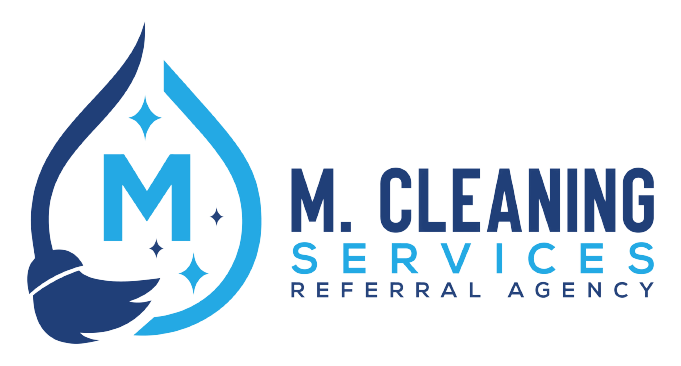Mold is an unwelcome guest in many households, often appearing in damp or humid areas like bathrooms, basements, or kitchens. Beyond being unsightly, mold poses significant health risks if not addressed promptly and properly. Understanding the right way to clean mold and the potential health hazards can help you maintain a safe and healthy living environment.

Understanding the Health Hazards of Mold
Mold spores are naturally present in the air, but when they land on a moist surface, they can grow and multiply, leading to an infestation. Exposure to mold can cause a variety of health issues, particularly for those with allergies, asthma, or weakened immune systems. Common symptoms include:
- Respiratory Issues: Mold exposure can lead to coughing, wheezing, and shortness of breath. In severe cases, it can trigger asthma attacks.
- Allergic Reactions: Some people may experience skin rashes, watery eyes, runny nose, and sneezing when exposed to mold.
- Sinus Congestion: Mold spores can irritate the nasal passages, leading to sinus congestion and headaches.
- Eye Irritation: Direct contact or exposure to mold spores can cause redness, itching, and discomfort in the eyes.
- Infections: In rare cases, prolonged exposure to mold can result in more serious infections, particularly in those with compromised immune systems.
Given these health risks, it’s crucial to approach mold cleaning with caution and proper preparation.
Steps for Safely Cleaning Mold in Your Home
- Assess the Situation
- Size of the Area: Small mold infestations (less than 10 square feet) can typically be managed by homeowners. Larger areas or mold resulting from water damage may require professional intervention.
- Type of Surface: Mold on non-porous surfaces like tile or glass is easier to clean. Porous materials like drywall, wood, or carpet may need to be removed and replaced if heavily infested.
- Gather Protective Gear
- Gloves: Wear long gloves made of rubber, nitrile, or neoprene to protect your skin from mold and cleaning chemicals.
- Mask: Use an N95 respirator or a mask specifically designed to filter mold spores.
- Goggles: Protect your eyes with safety goggles that do not have ventilation holes to prevent mold spores from entering.
- Prepare the Area
- Ventilation: Open windows and doors to ensure good airflow during cleaning. Use fans to direct air out of the space, but avoid blowing mold spores to other parts of the house.
- Containment: Close off the affected area to prevent mold spores from spreading. Cover doorways and vents with plastic sheeting if necessary.
- Choose the Right Cleaning Solution
- Commercial Mold Cleaners: These are readily available and designed to kill mold effectively.
- Bleach Solution: Mix one cup of bleach with one gallon of water. This solution is effective for non-porous surfaces but should not be used on porous materials.
- Vinegar or Hydrogen Peroxide: These natural alternatives can be used on various surfaces. Vinegar is especially effective on porous surfaces and is less harsh than bleach.
- Cleaning Process
- Scrub the Surface: Use a stiff brush or sponge to scrub the moldy surface with your chosen cleaning solution. Be thorough, but avoid excessive scrubbing that could release more spores into the air.
- Rinse and Dry: After scrubbing, rinse the area with clean water and dry it completely. Mold thrives in moisture, so it’s crucial to remove all water.
- Dispose of Contaminated Materials: Dispose of any contaminated materials, like rags or brushes, in a sealed plastic bag to prevent the spread of spores.
- Prevent Future Mold Growth
- Control Humidity: Use dehumidifiers in damp areas and maintain indoor humidity levels below 60%.
- Fix Leaks: Address any leaks in roofs, walls, or plumbing promptly.
- Improve Ventilation: Ensure bathrooms, kitchens, and laundry rooms are well-ventilated. Use exhaust fans when cooking or showering.
When to Call a Professional
If the mold infestation is extensive, particularly after significant water damage, or if you have health concerns, it’s best to contact a professional mold remediation service. Professionals have the necessary tools and expertise to safely and effectively remove mold and prevent its recurrence.
Mold in the home is more than just an aesthetic issue; it’s a potential health hazard that requires careful and informed action. By following the proper steps to clean mold and prevent its return, you can protect your home and your health. Always assess the situation, use the right protective gear, and choose appropriate cleaning solutions. When in doubt, don’t hesitate to seek professional help to ensure your living space remains safe and mold-free.
